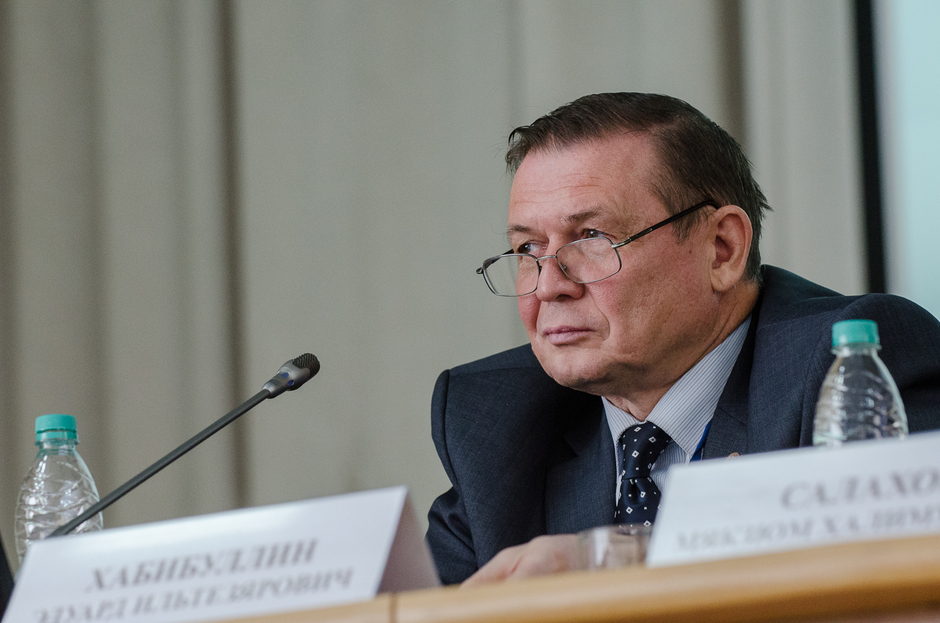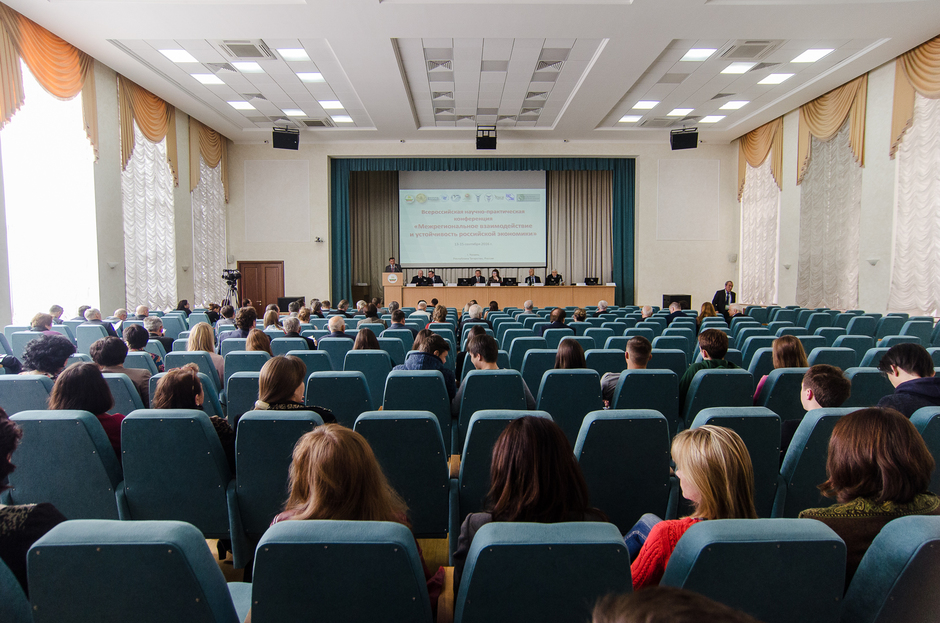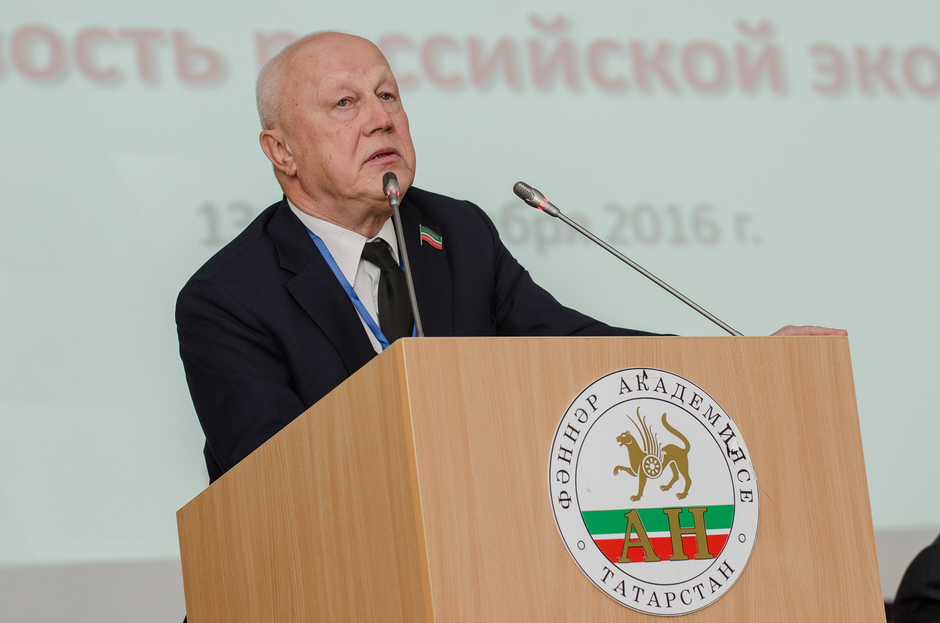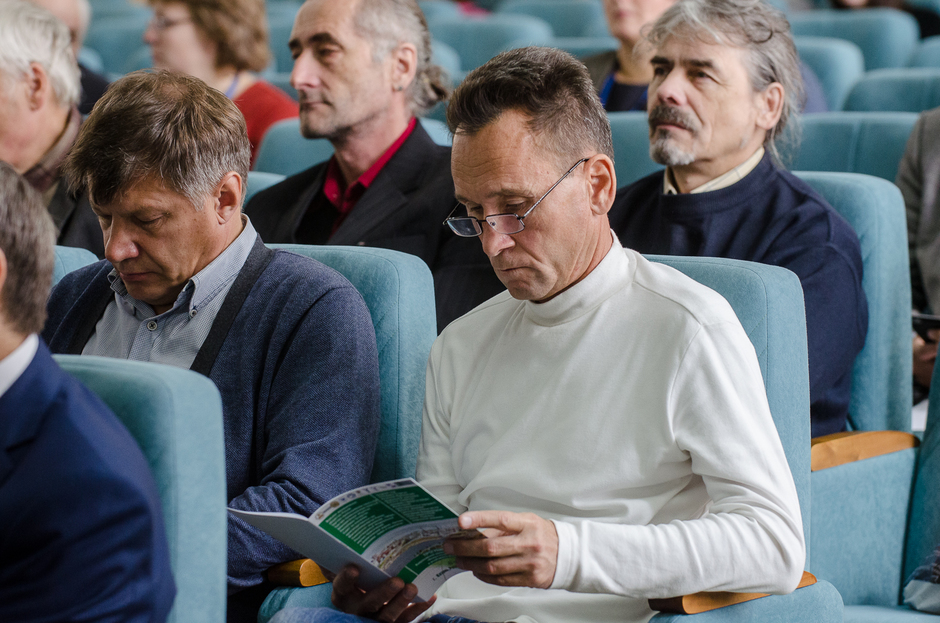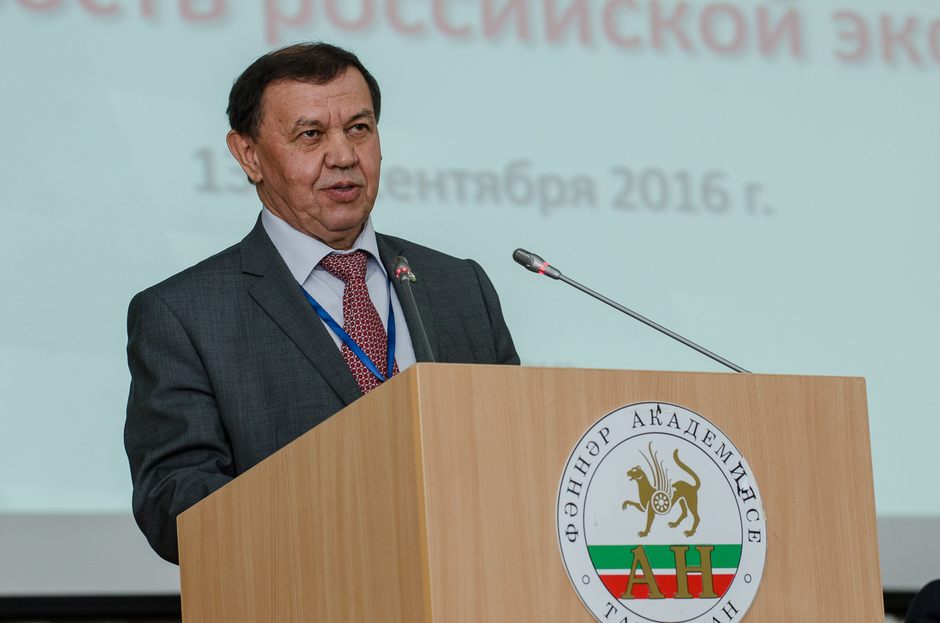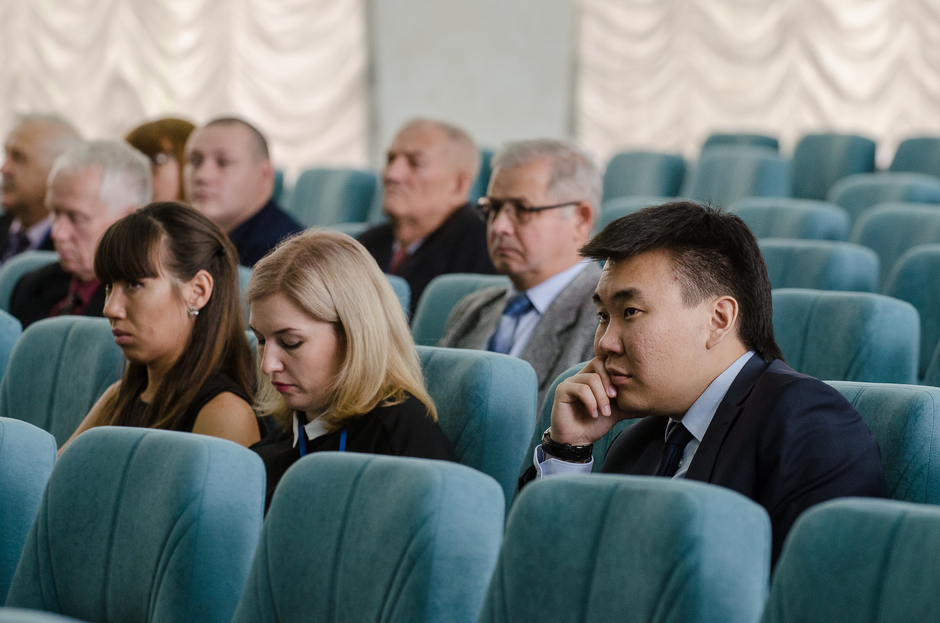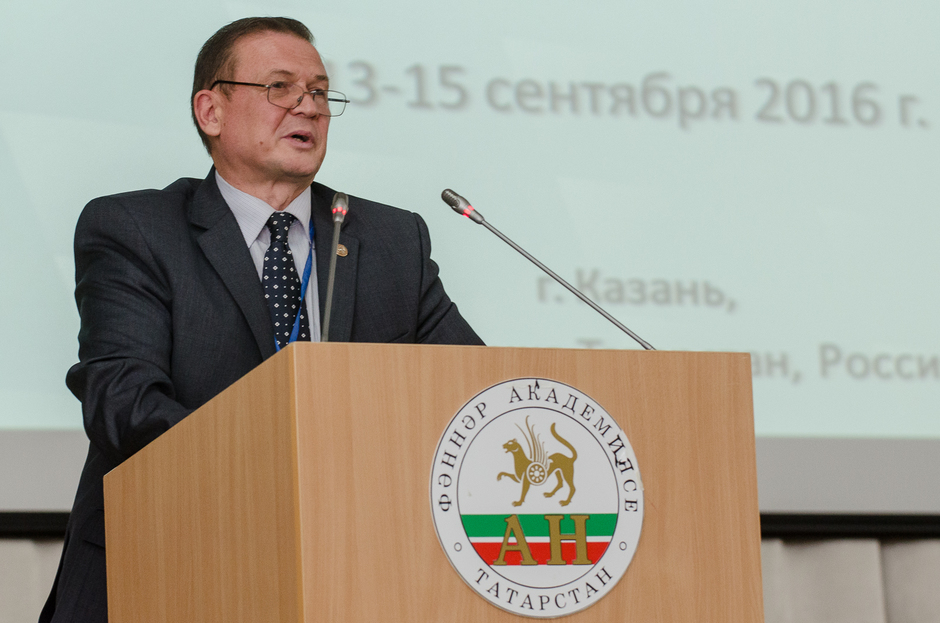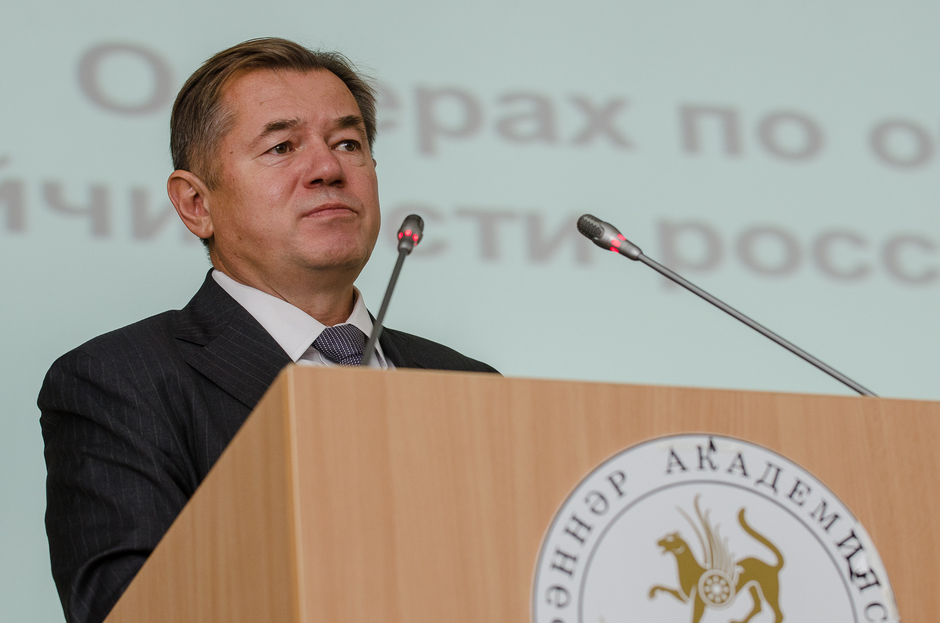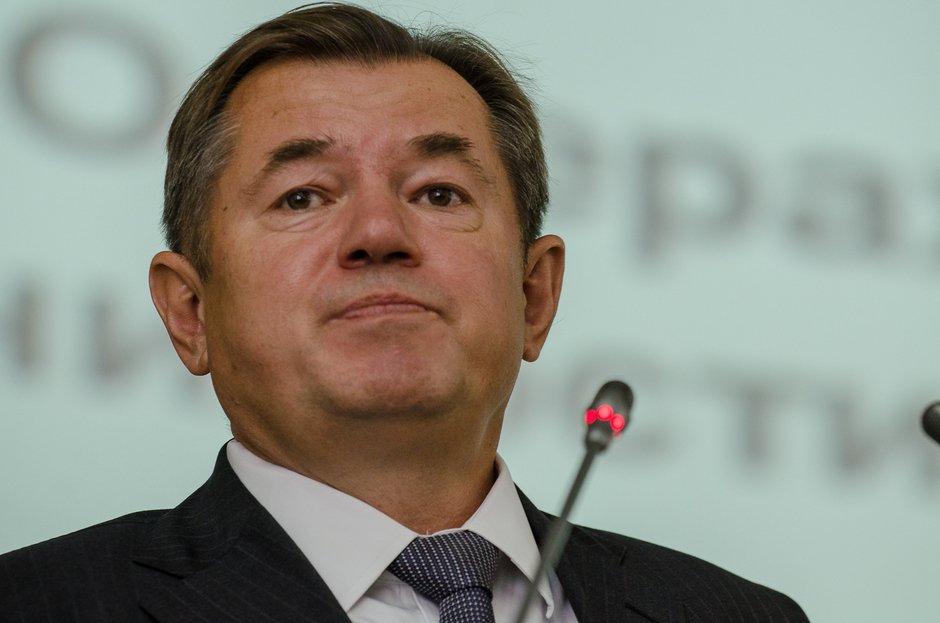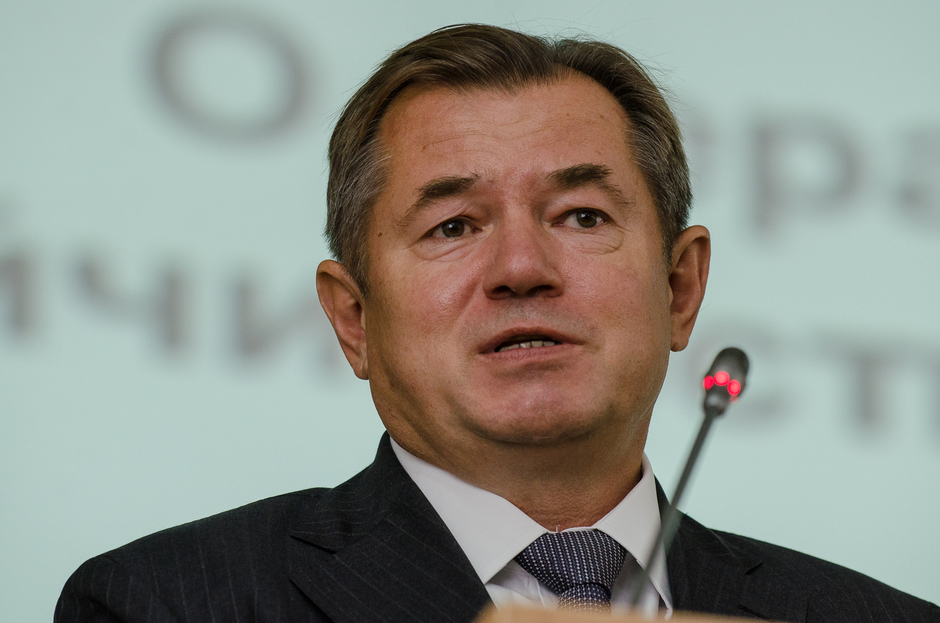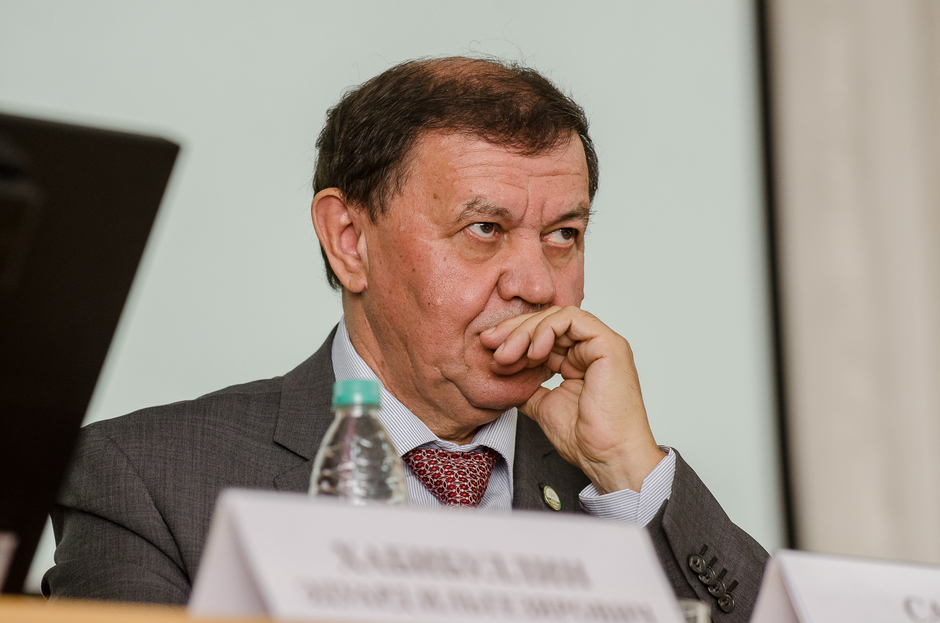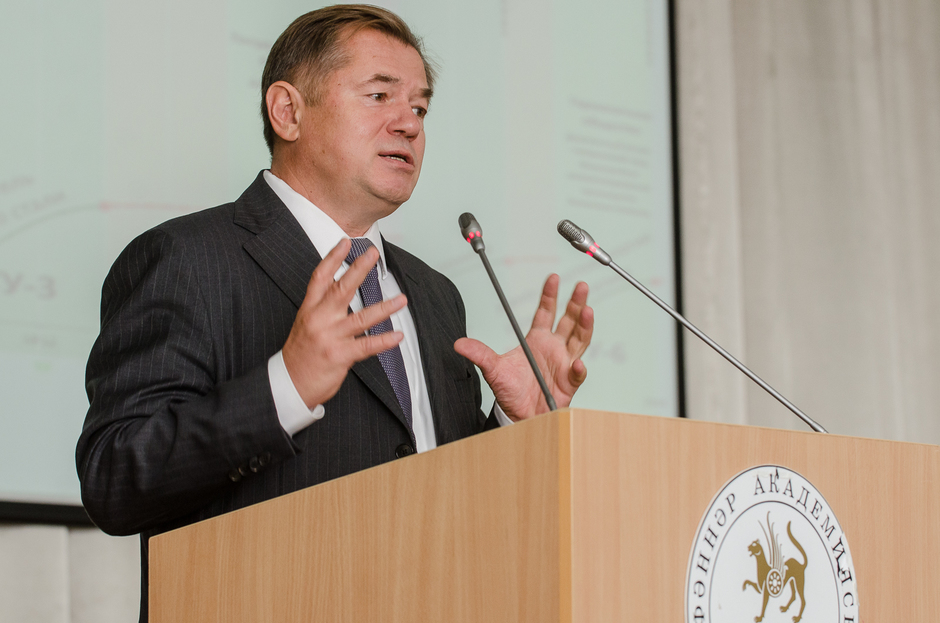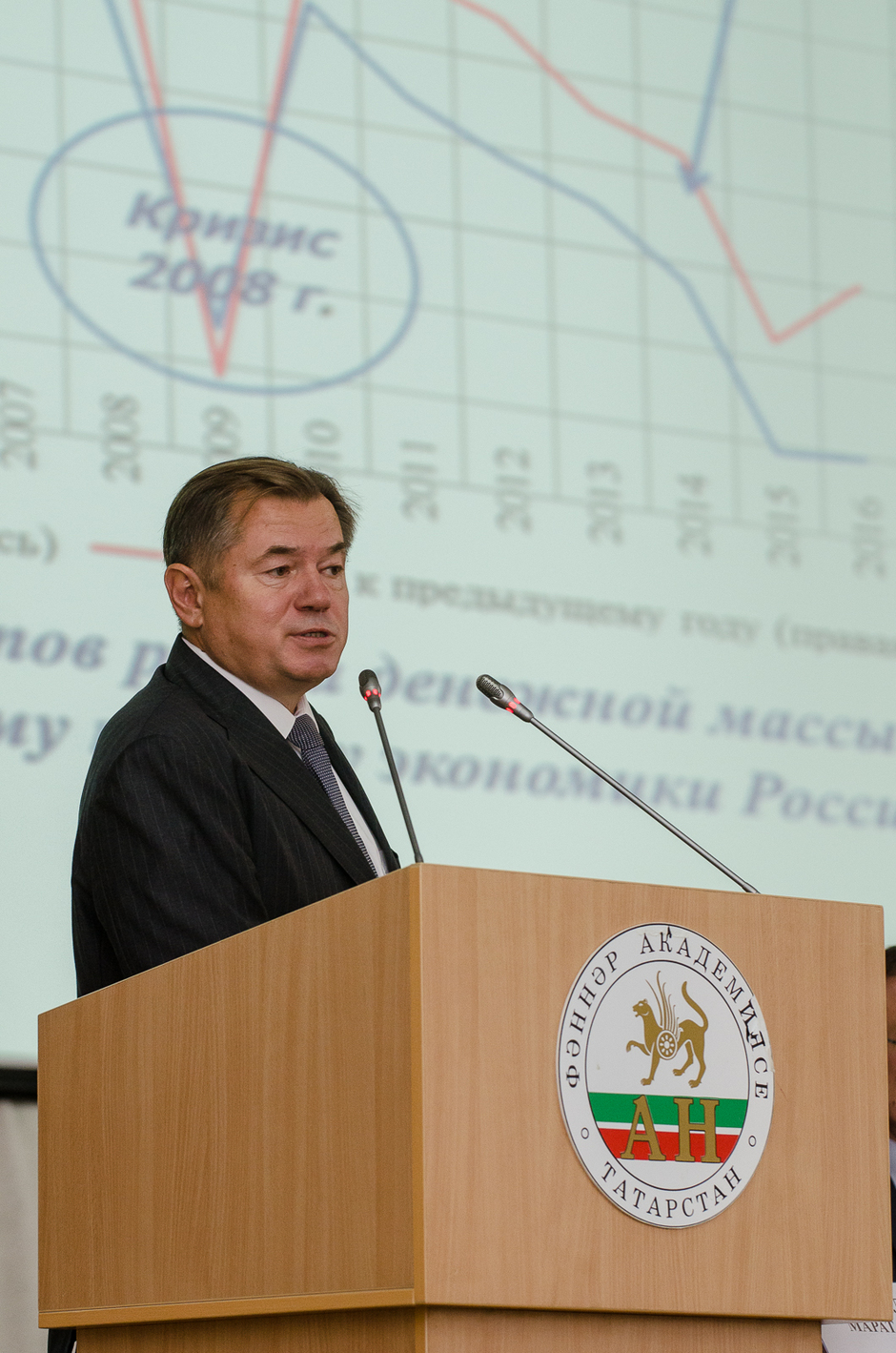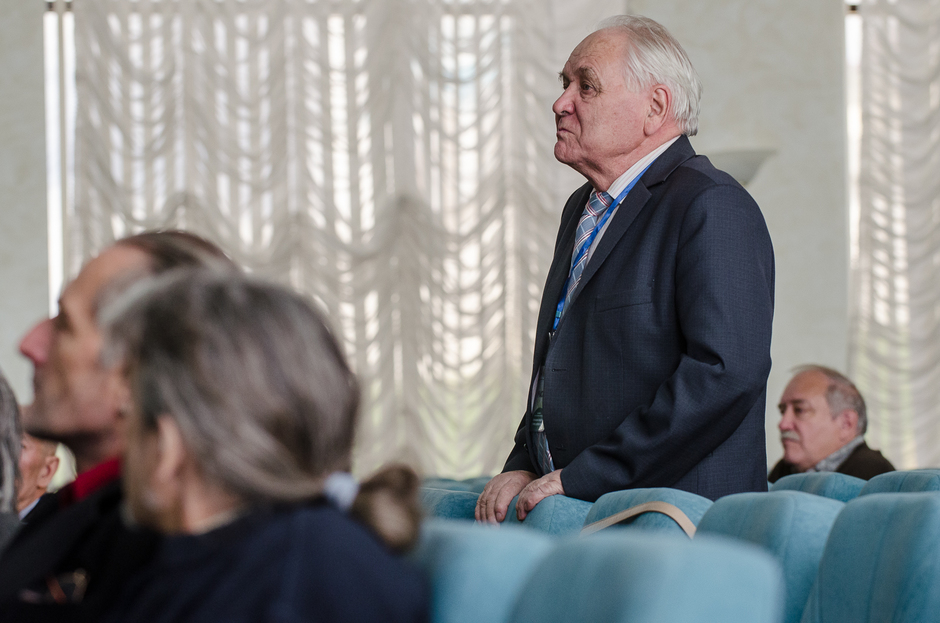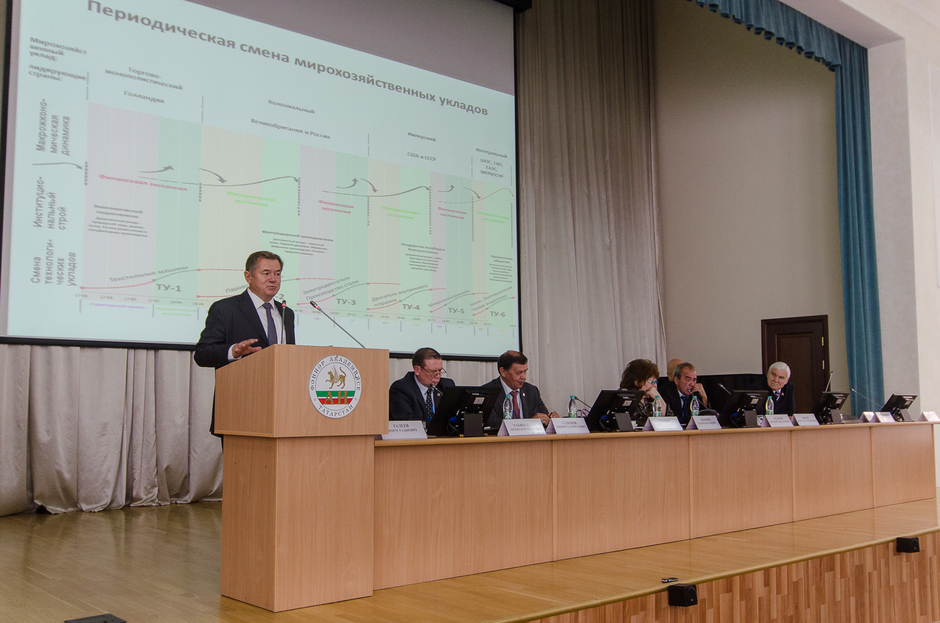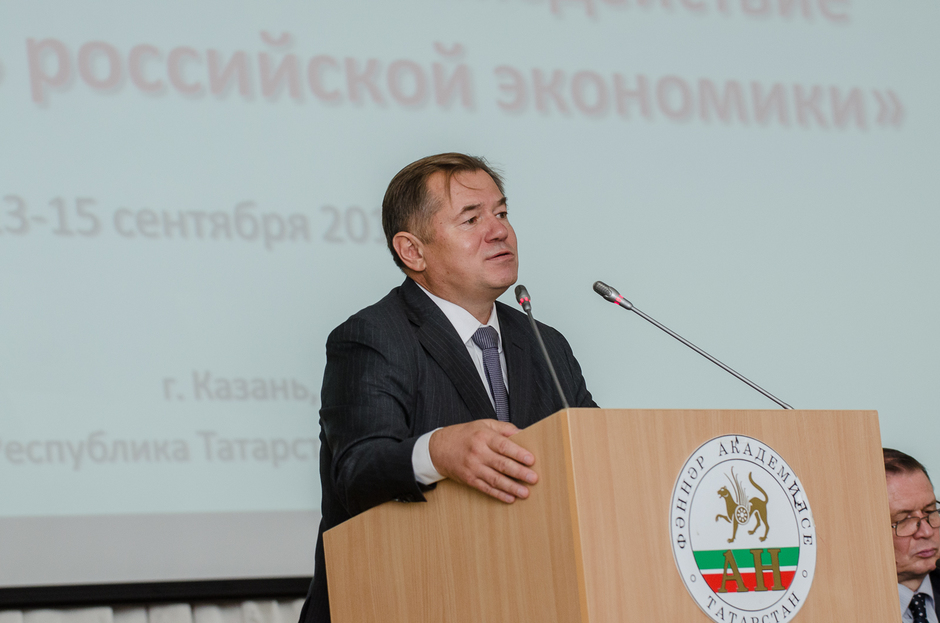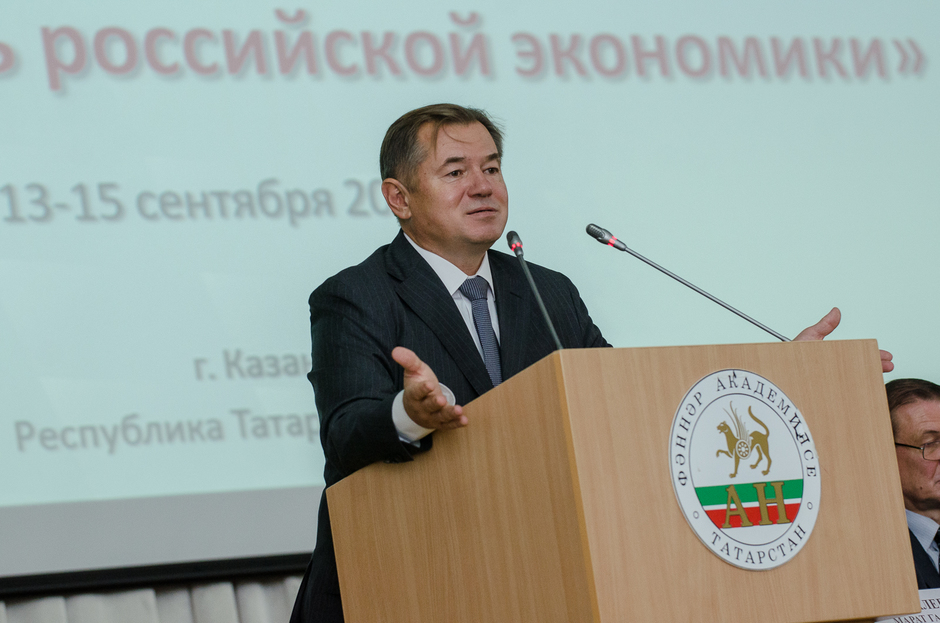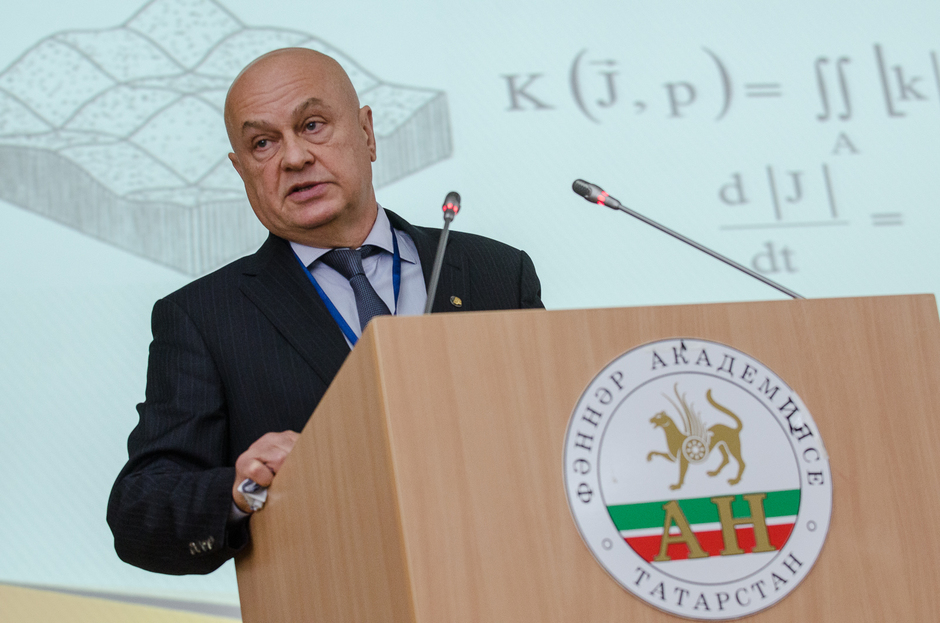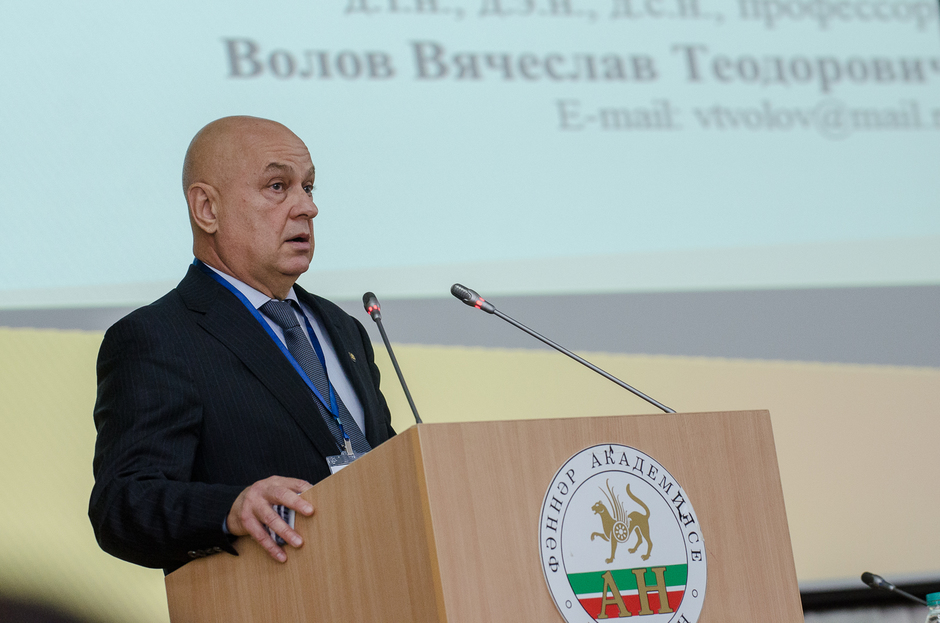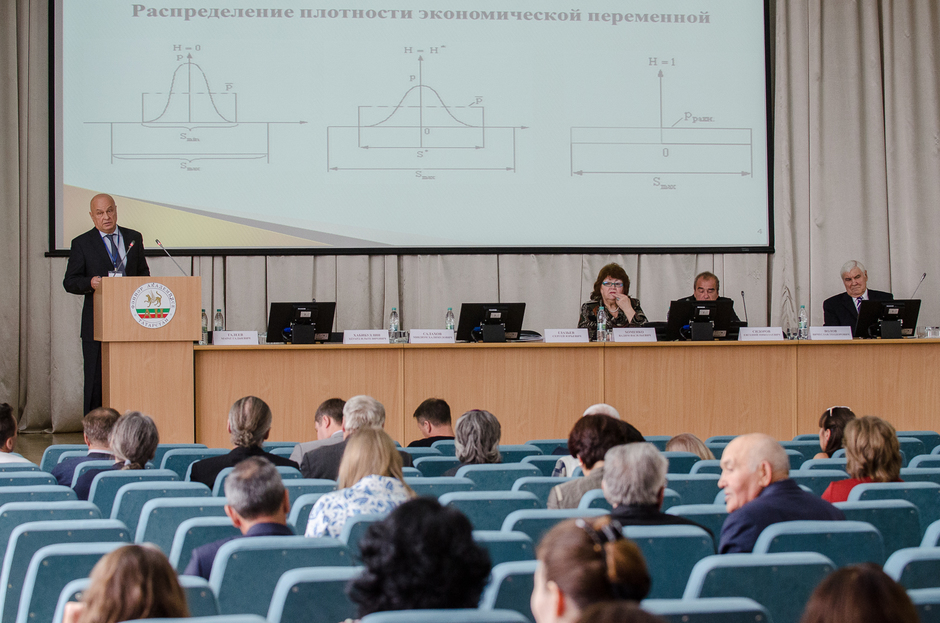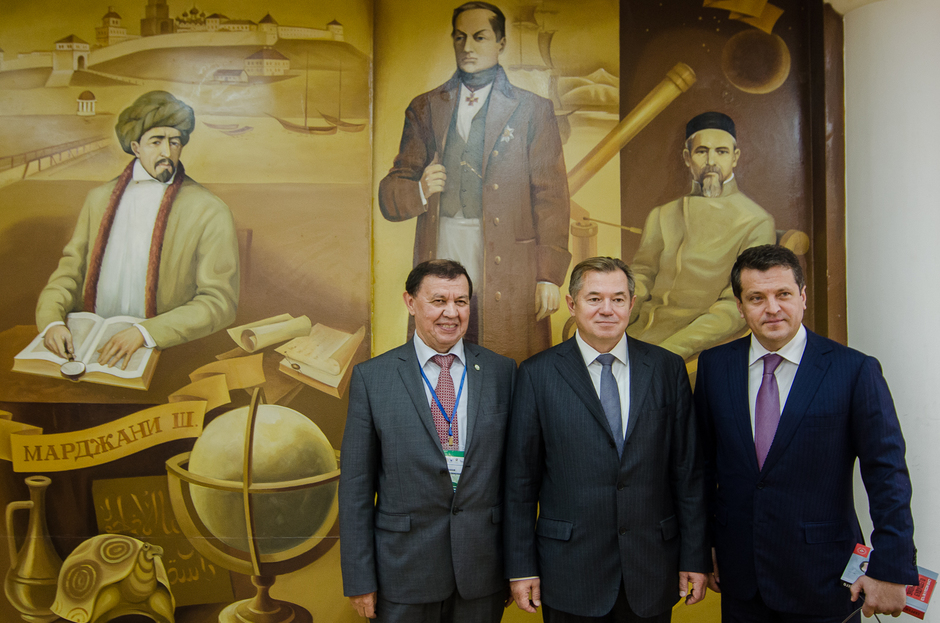Imperative of Eurasian integration by Putin’s adviser
President’s adviser exhorts to total Eurasianism
A famous economist, Russian President's Adviser on Regional Economic Integration delivered a speech at a conference called Inter-Regional Cooperation and Sustainability of Russian Economy that took place in the Academy of Sciences of Tatarstan. He reported 'On Measures Providing Sustainability of Russian Economy'. The editorial of Realnoe Vremya publishes the highlights of this report.
For big Eurasia!
Russian President's Adviser on Regional Economic Integration Sergey Glazyev started his report with drawing attention to such a very pronounced mechanism of the Eurasian as the Eurasian Economic Union (EUU). Russia, Belarus, Kazakhstan, Kyrgyzstan and Armenia are the member states. The Eurasian Economic Commission is the supranational body of this union. It will be the nucleus of the future further Eurasian integration, which, according to Glazyev, will have new participants. Glazyev is convinced that it will grow into a more grandiose project of the Eurasian integration in the end – the Eurasian Union, and even into a much more grandiose project – the Big Eurasian Union (the concept of 'Big Eurasia'), which presupposes a wider integration with China, India, Iran, Macedonia and even other European and Asian countries. In brief, the Eurasian integration will exist and strengthen. 'Working within a scope of the Shanghai Cooperation Organisation, we are gradually forming a new architecture of global economic relations'.
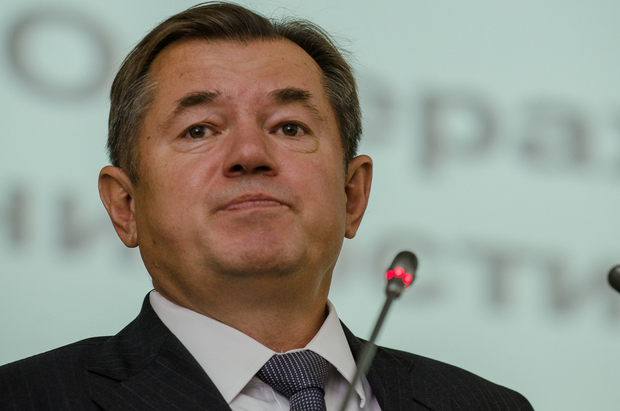
But Glazyev regrets to say that the story chose another road: a confrontation with western countries who don't benefit from the appearance of new global force poles became an obstacle for such ambitious plans.
After such an integrational introduction, the speaker switched to global tendencies of the economic development.
Technological mode
Reaching his forte, that is to say, the change of technological modes, Glazyev stressed the life span of the technological mode coincides with Kondratyev's long waves. He was speaking about 50-year terms with phases of growth, ripeness and depression.
Glazyev told that now we are on the threshold of the sixth technological mode mainly connected with nanotechnologies, IT, solar and nuclear power. Glazyev thinks this analysis of long-term processes from the perspective of the change of technological modes is much more convenient for work than Marxist theory about the change of social and economic formations, which was refused by the history.
The end?
At the same time American political experts (particularly Francis Fukuyama) tried to assure everybody that's the end. In other words, the distribution of Western liberal democracy in the world demonstrates the end point of the social and cultural evolution of humankind and formation of the end form of government. A universal global liberal economic order has appeared. It can be called a 'liberal globalisation' where transnational corporations dominate and national states fall behind. Mechanisms of capital reproduction are in the market. And emission of dollars as world money by the Federal Reserve System of the USA is in its centre. FED provides the American economy with a limitless source of cheap money. This is why it is no surprise that American global corporations are dominating in the world. It is clear that supranational bodies will appear in such a global world. And the Americans will try to cement the leading position there and create an image of some mega-regulator – the so-called 'Financial Stability Board'. But the Americans feel uncomfortable in WTO, so they are trying to cross the borders of WTO with their own projects – big Trans-Pacific free trade zones (Transatlantic and Trans-Pacific zones). Actually, to the irrepressible American's disappointment, the world is approaching a completely different system of production relations.
For example, China got a surprisingly efficient socialism together with the market economy. It is what our scientists offered in the old days, which is known as Convergence theory. This order was forecasted by a Russian-born American sociologist and culture expert Pitirim Sorokin 50-60 years ago.
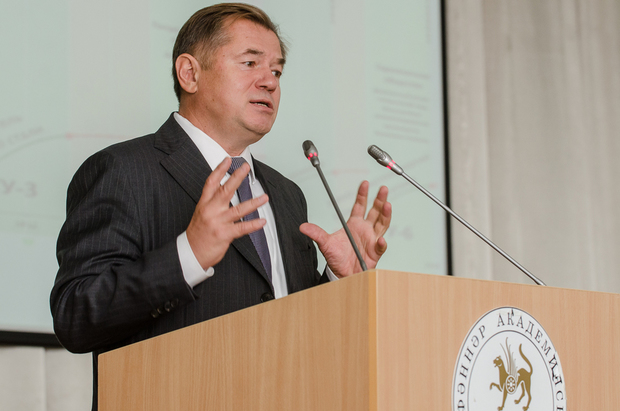
The Japanese and Korean economic models formed as a private venture but with a dominance of the state strategic planning forces. In Vietnam, we see a Chinese model. In Malaysia, it is a mixture. As you can see, there is not any global uniformity and 'the end', which the Americans wish so much. These new models differ from the model of 'liberal globalisation' because the important role of the national state is maintained, a strategic planning gains more importance for the regulation of economic processes, the significance of national sovereignty and national interests is growing. For this reason, there are new opportunities for integration with this specifics.
'We are building the Eurasian Economic Union as functionally limited. Unlike the European Union, we don't plan to create a common parliament. Administrative and criminal laws are conserved. We don't plan to form a common currency in the short run. Everything is based on mutual interests.'
Undoubtedly, being in the centre of the Eurasian economic space, Tatarstan has a big logistical and transport advantage. Back to the 'economic model of Tatarstan', the speaker noted that it corresponds to the model of the world economic order we have talked about more, unlike the model of 'liberal globalisation'. In this new model, the state deals with harmonisation of interests. It is not trying to impose economic regions its strict plans.
The main idea of the new world economic order is a maximisation of common wealth, not private income. It is the main difference! Strategic plans in the new economic order are designed for 20-30 years in advance. This approach proves its effectiveness.
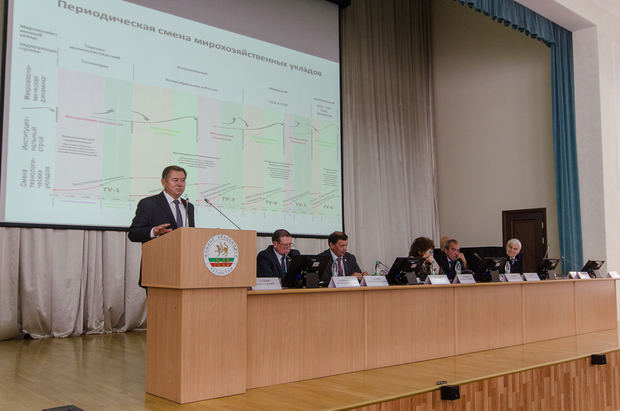
It is the fault of the 90s!
Unfortunately, having chosen the liberal development model of Washington Consensus in the 90s, we chose a train going to nowhere. We wanted to look like developed countries. But look at these developed countries – they have lower growth rates than in China, India and other developing countries that grow 6-7% a year. The Americans see it and try to conserve their 'status quo' by destabilisation of the world atmosphere, launch of a new world hybrid war where we became the centre of the American aggression. Suffice it to mention Ukraine! Everything is aimed to stop the integration whose model is not 'liberal globalisation. They are trying to take control of our country by financial and political pressure. There are no holds barred!
Look at the overloaded American debt system! When Obama came to power, he promised to reduce the United States government debt. But now it has grown twofold. And no one can do anything because the American financial model is like a financial pyramid. By means of the rest of the world. And the colonisation policy of America towards developing countries resulted in that, for example, the Russian Federation has lost $2tr and millions of people who emigrated to the key countries of the system in the last 20 years because of unequal exchange. We fell into the trap of unequal exchange. We can get out of this trap if we cooperate with the countries whose position is the same, including via integration mechanisms.
We need another industrial policy in order to compete with western countries. Huge investments are needed for this purpose. There is only one source of investments when external market and foreign investments are closing – a managed controlled money emission.
Look at the same West with their monetary policy of 'quantitative easing'. There is much money, the money is cheap (there are even negative interest rates). It allows business to carry risks. And this means business is not afraid to implement technological novelties, though all this monetary idyll is guaranteed by a very high level of the government and private debt.
Our country chose the opposite policy – our interest rates are two times higher than the profitability of production. One 1/5 of industrial sectors' profitability is higher than the current level of an average interest rate. The majority of productions can't use loans to finance not only investments but also working capital.
Grip on credit causes a reduction of investment of enterprises and costs of the population, which decreases the end demand and favours the decline in production. Not having an opportunity to take out loans, enterprises can't use the devaluation of the ruble to expand their production that would substitute import. So there is an inflation wave that causes an increase of expenses, a rise in the share of unprofitable enterprises and problematic loans.
The speaker showed the data of the very Central Bank of Russia. According to it, the growth of GNP of Russia inversely proportional depended on the rate of the Central Bank: the higher the rate is, the lower the growth of GNP is. At the same time all economic sectors are falling, only volumes of trading sessions in Moscow Exchange and bring gigantic profits to currency profiteers who are glad about this state of affairs. But we can't continue living so – a transfer to a new technological mode will destroy the current Russian model of the resource-based economy.
It is necessary to give the economy cheap money in order to avoid such a shameful fate (at least 2tr rubles are needed at the first stage, while over 5tr rubles are needed in total). At the same time the money is to be given for a certain purpose: for investments in new technologies, science – the spheres that will guarantee a catch-up development where Russia has chances. If these investments are not controlled strictly, banks will convert the money into a currency, which will bring to another devaluation and further hyperinflation.
Integration in the new world economic model and the new technological mode is still the main topic of the report. Economic integration is the imperative! We must inevitably expand the scale of our economic activity. It is a guarantee of survival!

